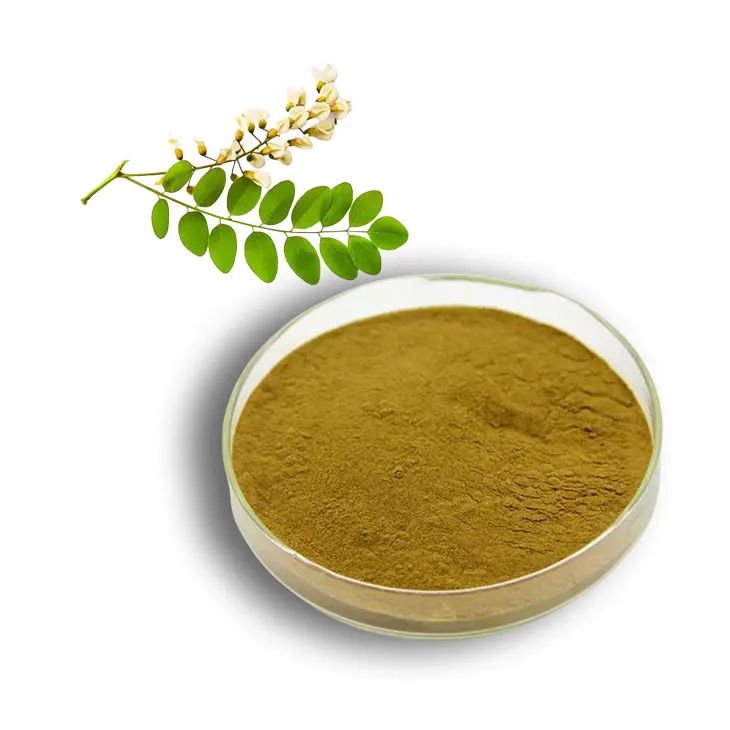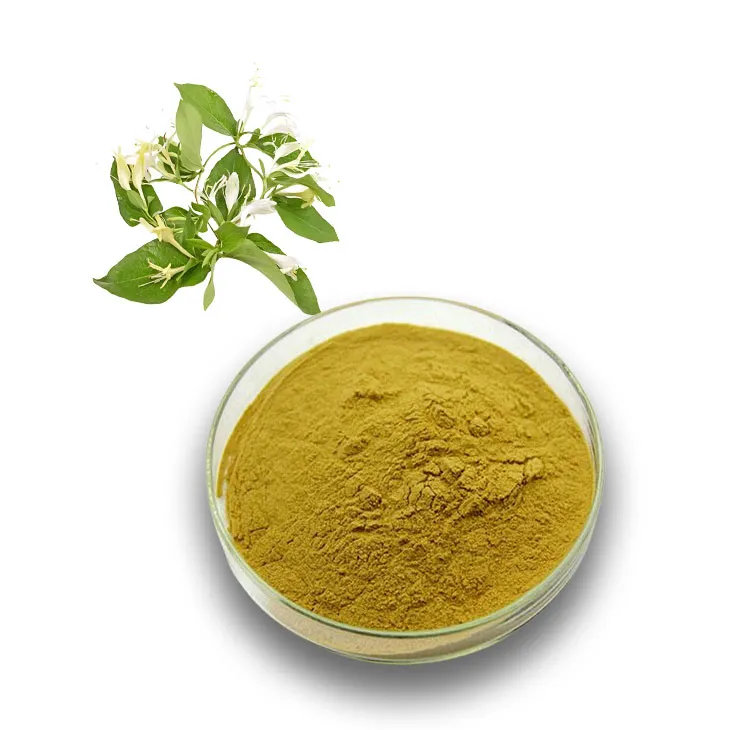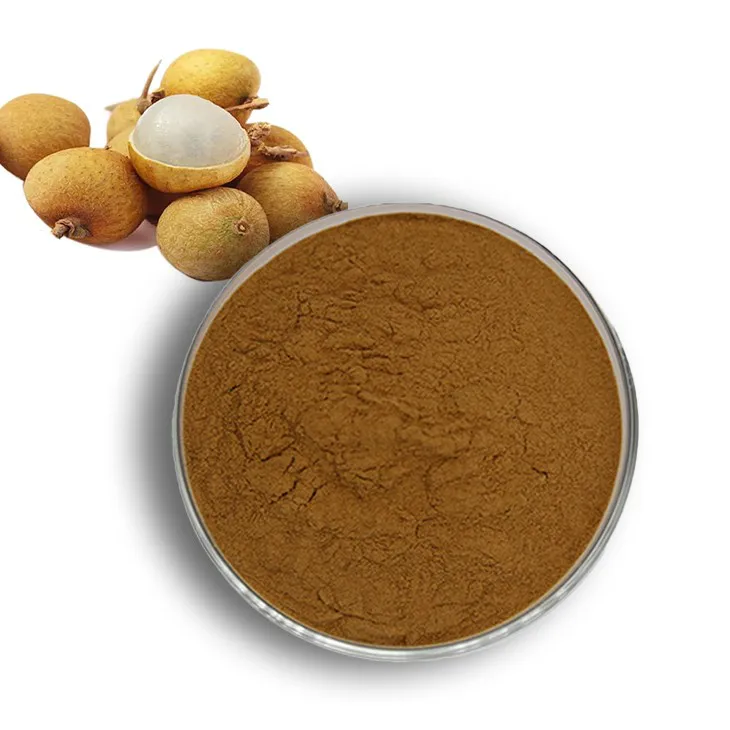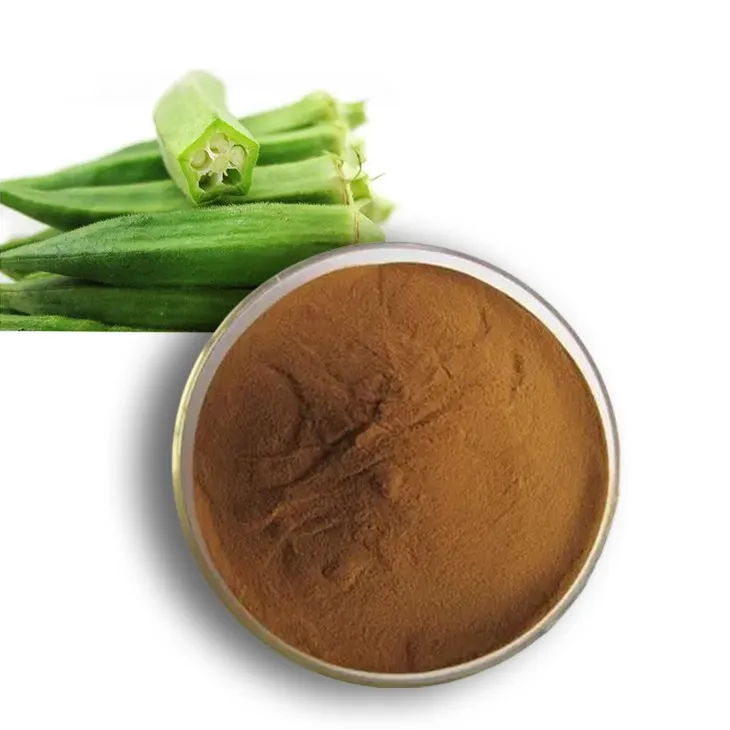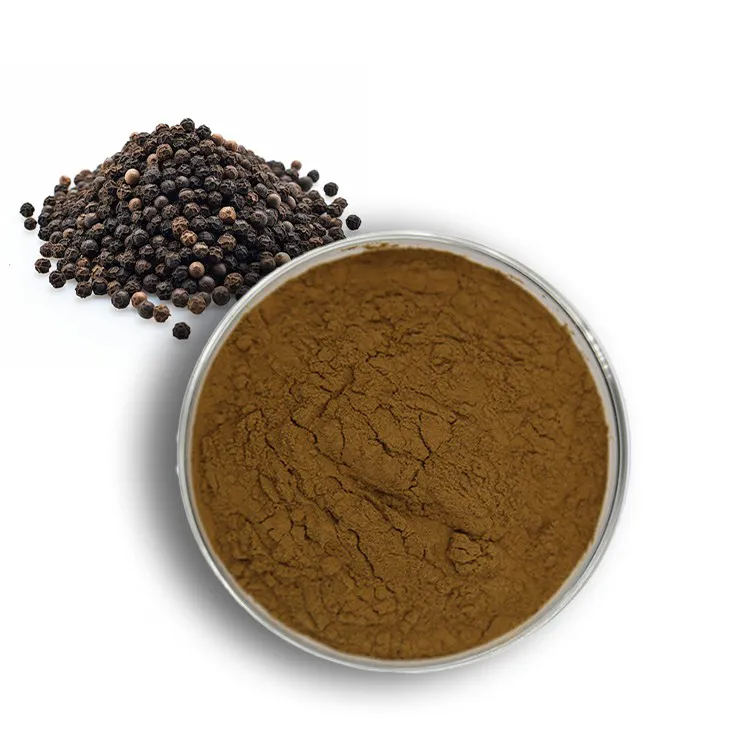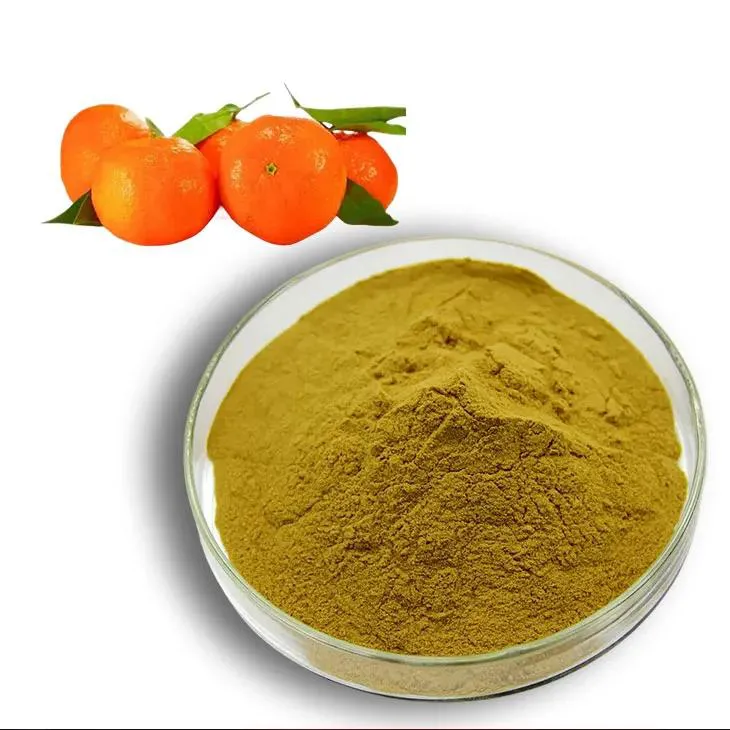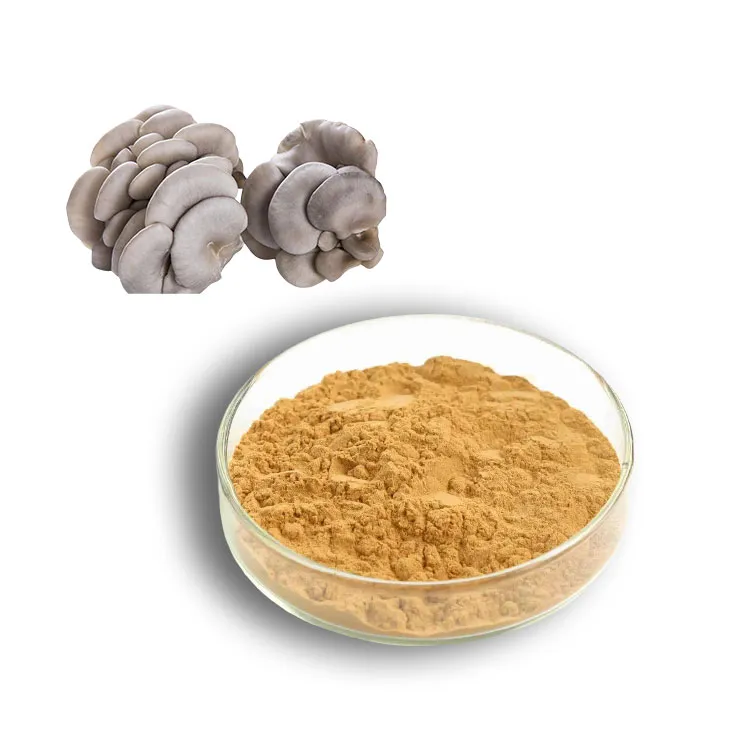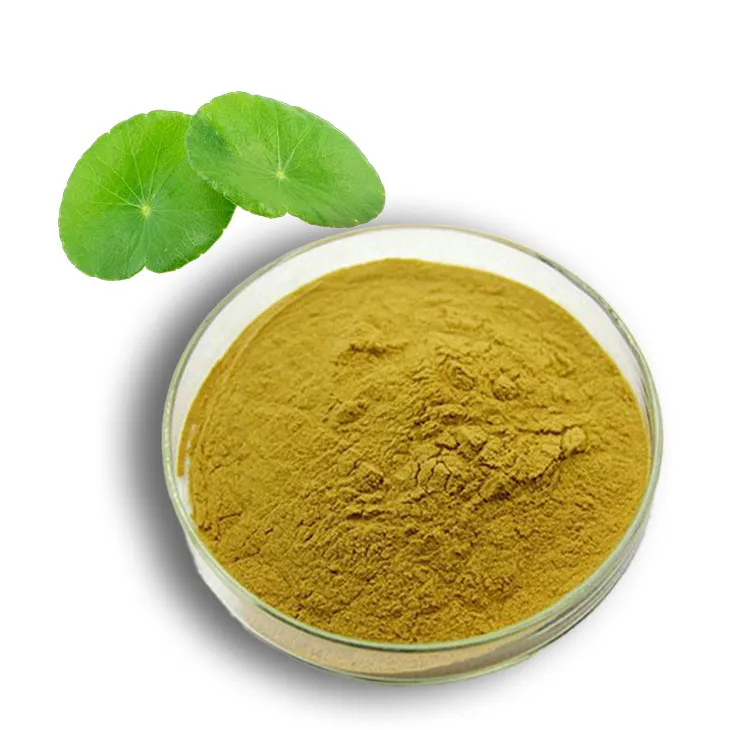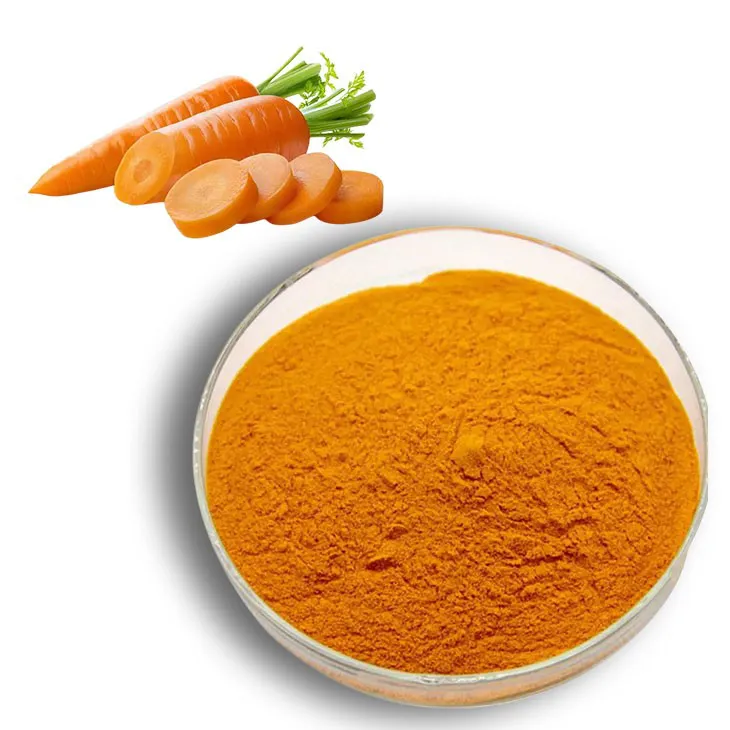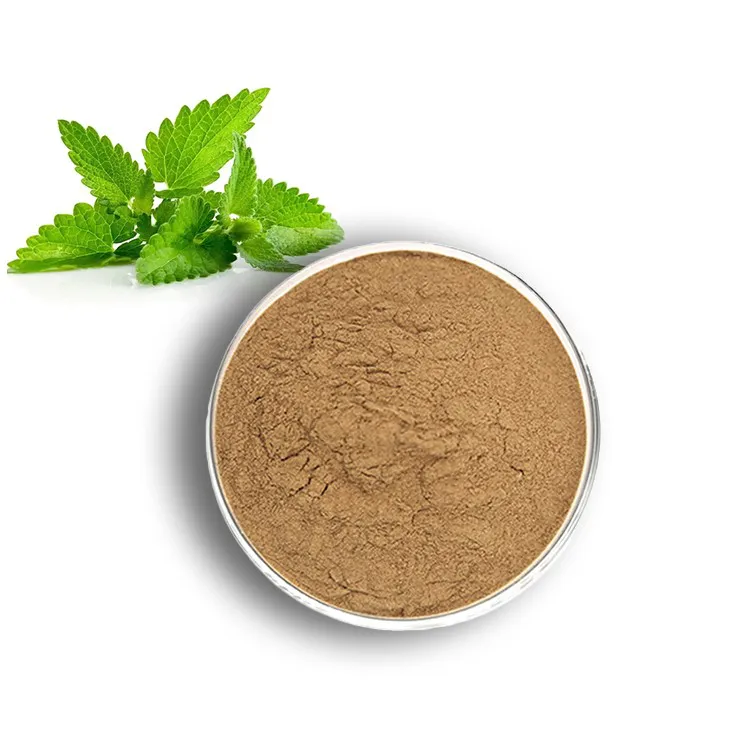- 0086-571-85302990
- sales@greenskybio.com
does tomato juice contain lycopene
2023-09-27
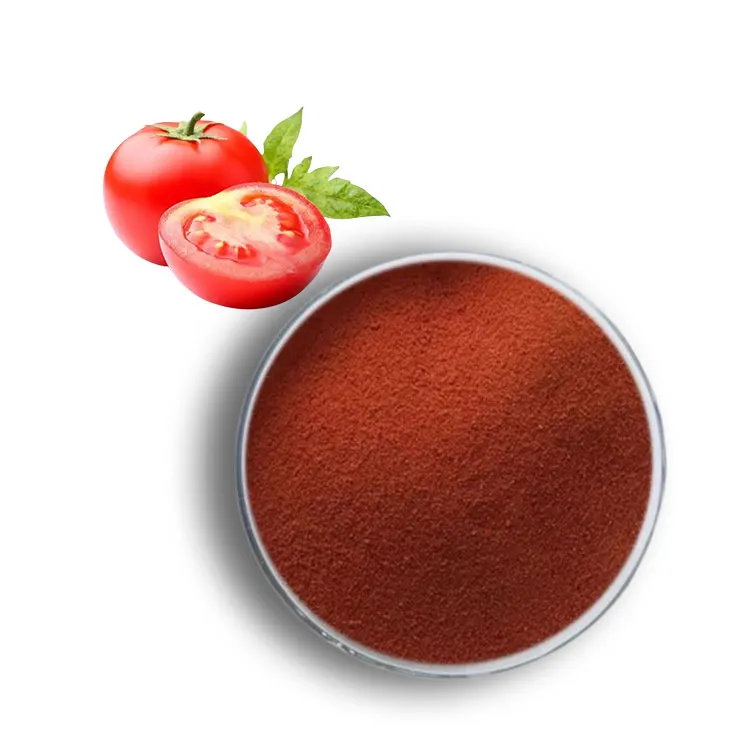
1. What is Tomato Juice?
1. What is Tomato Juice?
Tomato juice is a popular beverage made from ripe tomatoes that have been processed to extract their liquid content. It is a versatile drink that can be enjoyed on its own, mixed with other beverages, or used as a base for various recipes, such as soups, sauces, and cocktails. Tomato juice is known for its vibrant red color, tangy flavor, and numerous health benefits.
Tomato juice is made by blending tomatoes and then straining the mixture to remove the seeds and skin. This process leaves behind a smooth, liquid concentrate that is rich in nutrients. Some tomato juices are pasteurized to extend their shelf life, while others are sold fresh and need to be refrigerated.
One of the key characteristics of tomato juice is its high water content, which makes it a refreshing and hydrating drink. It is also low in calories, with about 20-30 calories per 8-ounce (240 ml) serving, depending on whether it is made from fresh or concentrated tomatoes.
In addition to its health benefits, tomato juice is also valued for its culinary uses. It can be used to add flavor and acidity to dishes, such as in Bloody Mary cocktails, gazpacho, or tomato-based sauces. The juice can also be used as a base for smoothies, soups, and other recipes that call for a tomato flavor.
Overall, tomato juice is a versatile and nutritious beverage that offers a variety of health benefits and culinary uses. Its popularity can be attributed to its refreshing taste, convenience, and the numerous ways it can be incorporated into different dishes and drinks.
2. Lycopene Content in Tomato Juice
2. Lycopene Content in Tomato Juice
Tomato juice is a popular beverage that is made from fresh tomatoes and is often consumed for its refreshing taste and nutritional benefits. One of the key components of tomato juice is Lycopene, a powerful antioxidant that has been linked to numerous health benefits. In this section, we will explore the lycopene content in tomato juice and how it compares to other sources of this nutrient.
Lycopene is a naturally occurring pigment found in red fruits and vegetables, with tomatoes being one of the richest sources. The lycopene content in tomato juice can vary depending on factors such as the type of tomato used, the ripeness of the fruit, and the processing methods employed. However, on average, a cup (240 ml) of tomato juice contains approximately 25-30 milligrams of lycopene.
It is important to note that the lycopene content in tomato juice can be influenced by the variety of tomatoes used. For instance, red tomatoes tend to have a higher lycopene content compared to yellow or green tomatoes. Additionally, tomatoes that are riper and more mature generally have higher levels of lycopene.
The processing methods used to make tomato juice can also impact the lycopene content. For example, tomato juice made from fresh, ripe tomatoes is likely to have a higher lycopene content compared to juice made from canned or processed tomatoes. Furthermore, some tomato juice products may be fortified with additional lycopene to enhance their nutritional value.
While tomato juice is a good source of lycopene, it is not the only food that contains this beneficial nutrient. Other foods rich in lycopene include watermelon, red grapefruit, guava, and pink grapefruit. However, tomato products, such as tomato juice, tomato sauce, and tomato paste, tend to have the highest lycopene content among these foods.
In conclusion, tomato juice is a valuable source of lycopene, offering a convenient and tasty way to incorporate this powerful antioxidant into your diet. By choosing high-quality tomato juice made from ripe, red tomatoes and opting for products that are not overly processed, you can maximize the lycopene content in your tomato juice and enjoy the numerous health benefits associated with this nutrient.
3. Benefits of Lycopene
3. Benefits of Lycopene
Lycopene is a powerful antioxidant that offers a wide range of health benefits. It is known for its ability to protect the body against oxidative stress and inflammation, which are key factors in the development of chronic diseases. Here are some of the key benefits of lycopene:
3.1. Cardiovascular Health
One of the most significant benefits of lycopene is its ability to promote cardiovascular health. Studies have shown that lycopene can help reduce the risk of heart disease by lowering blood pressure, improving cholesterol levels, and reducing inflammation in the arteries.
3.2. Cancer Prevention
Lycopene has been linked to a reduced risk of several types of cancer, including prostate, breast, lung, and stomach cancer. Its antioxidant properties help neutralize free radicals, which can damage cells and lead to cancerous growths.
3.3. Skin Health
Lycopene can also promote skin health by protecting against UV radiation and reducing inflammation. It has been shown to improve skin hydration and elasticity, reducing the appearance of wrinkles and fine lines.
3.4. Bone Health
Studies have suggested that lycopene may help maintain bone health by promoting bone mineral density. This can help reduce the risk of osteoporosis and other bone-related conditions.
3.5. Eye Health
Lycopene has been linked to improved eye health, particularly in protecting against age-related macular degeneration and cataracts. Its antioxidant properties help protect the delicate tissues of the eye from oxidative damage.
3.6. Immune System Support
Lycopene can also support a healthy immune system by reducing inflammation and promoting the production of immune cells. This can help the body fight off infections and maintain overall health.
3.7. Anti-Inflammatory Properties
Lycopene has anti-inflammatory properties, which can help reduce the risk of chronic inflammatory conditions such as arthritis, asthma, and inflammatory bowel disease.
In conclusion, lycopene is a valuable nutrient with numerous health benefits. Incorporating tomato juice and other lycopene-rich foods into your diet can help support overall health and well-being.
4. How to Maximize Lycopene Absorption
4. How to Maximize Lycopene Absorption
Lycopene is a potent antioxidant that offers numerous health benefits, but it's important to know how to maximize its absorption from tomato juice and other sources. Here are some tips to help you get the most out of this nutrient:
1. Cooking Tomatoes: Cooking tomatoes can increase the bioavailability of lycopene. The heat helps break down the cell walls of the tomato, making the lycopene easier for your body to absorb.
2. Adding Oil: Lycopene is fat-soluble, which means it dissolves in fats and oils. Adding a small amount of oil to your tomato juice can enhance the absorption of lycopene. This can be as simple as adding a drizzle of olive oil or mixing it with other foods that contain healthy fats.
3. Consuming with Meals: Eating tomato juice with a meal can also improve the absorption of lycopene. The presence of dietary fats in the meal helps with the absorption process.
4. Blending: Blending tomatoes can help release more lycopene from the plant tissue. This is particularly beneficial if you're making your own tomato juice at home.
5. Avoiding Excessive Heat: While some heat is beneficial, excessive heat can degrade lycopene. Try to avoid overheating your tomato juice or tomatoes when cooking.
6. Regular Consumption: Incorporating tomato juice or other lycopene-rich foods into your diet regularly can help maintain a steady intake of this beneficial nutrient.
7. Diversifying Your Diet: While tomato juice is a good source of lycopene, it's also found in other foods like watermelon, pink grapefruit, and guava. Including a variety of these foods in your diet can help ensure you're getting enough lycopene.
8. Supplements: For those who may not be able to get enough lycopene from their diet, supplements are available. However, it's always best to consult with a healthcare provider before starting any new supplement regimen.
By following these tips, you can maximize the lycopene absorption from tomato juice and enjoy the full range of health benefits this nutrient has to offer.
5. Other Foods Rich in Lycopene
5. Other Foods Rich in Lycopene
Lycopene is a powerful antioxidant that is not exclusive to tomatoes. While tomato juice is a popular source, there are other foods that are also rich in lycopene. Here are some of the top sources of lycopene:
1. Watermelon: This refreshing fruit contains a significant amount of lycopene. Its sweet taste and juicy texture make it a popular choice for snacks and desserts.
2. Grapes: Red grapes, particularly those used in wine production, are another good source of lycopene. The skin of the grapes contains the highest concentration.
3. Guava: This tropical fruit is not only delicious but also packed with lycopene. It's a great source of vitamins A and C as well.
4. Papaya: Known for its digestive enzymes, papaya is also a good source of lycopene, especially when it's ripe and red.
5. Pink Grapefruit: This citrus fruit is not only a great source of vitamin C but also contains lycopene, particularly in its pink variety.
6. Apricots: Dried or fresh, apricots are a good source of lycopene. They are also rich in vitamins A and E.
7. Red Bell Peppers: While not as high in lycopene as tomatoes, red bell peppers still offer a good amount of this beneficial compound.
8. Cranberries: These small, tart berries are not only good for urinary tract health but also contain lycopene.
9. Pomegranate: This fruit is known for its numerous health benefits, and it's also a good source of lycopene.
10. Carrots: While they are not as high in lycopene as the other foods on this list, carrots still contain small amounts of this beneficial compound.
Incorporating these foods into your diet can help you increase your lycopene intake and enjoy a variety of flavors and textures. Remember, the key to maximizing lycopene absorption is to consume these foods with a bit of fat and to cook them, as this can increase the bioavailability of lycopene.
6. Conclusion
6. Conclusion
In conclusion, tomato juice is a nutritious beverage that is rich in lycopene, a powerful antioxidant with numerous health benefits. While the exact amount of lycopene in tomato juice can vary depending on factors such as the type of tomato and processing methods, it is clear that consuming tomato juice can contribute to your daily lycopene intake.
Lycopene has been linked to a range of health benefits, including reduced risk of certain cancers, improved heart health, and enhanced skin health. By incorporating tomato juice into your diet, you can reap these benefits and support your overall health.
To maximize lycopene absorption, it is important to consume tomato juice with a source of fat and to consider cooking methods that can increase lycopene bioavailability. Additionally, there are other foods rich in lycopene, such as watermelon, pink grapefruit, and guava, that can be incorporated into your diet for added health benefits.
Overall, tomato juice is a delicious and nutritious addition to a balanced diet. By understanding the lycopene content and health benefits associated with tomato juice, you can make informed choices about your food consumption and support your overall health and well-being.
- ▶ Hesperidin
- ▶ Citrus Bioflavonoids
- ▶ Plant Extract
- ▶ lycopene
- ▶ Diosmin
- ▶ Grape seed extract
- ▶ Sea buckthorn Juice Powder
- ▶ Fruit Juice Powder
- ▶ Hops Extract
- ▶ Artichoke Extract
- ▶ Mushroom extract
- ▶ Astaxanthin
- ▶ Green Tea Extract
- ▶ Curcumin
- ▶ Horse Chestnut Extract
- ▶ Other Product
- ▶ Boswellia Serrata Extract
- ▶ Resveratrol
- ▶ Marigold Extract
- ▶ Grape Leaf Extract
- ▶ New Product
- ▶ Aminolevulinic acid
- ▶ Cranberry Extract
- ▶ Red Yeast Rice
- ▶ Red Wine Extract
-
Sophora Japonica Flower Extract
2023-09-27
-
Honeysuckle Pollen
2023-09-27
-
Longan Extract
2023-09-27
-
Okra Extract
2023-09-27
-
Black Pepper Extract
2023-09-27
-
Citrus bioflavonoids
2023-09-27
-
Oyster Mushroom Extract Powder
2023-09-27
-
Centella Asiatica Extract
2023-09-27
-
Beta Carotene
2023-09-27
-
Lemon Balm Extract
2023-09-27











